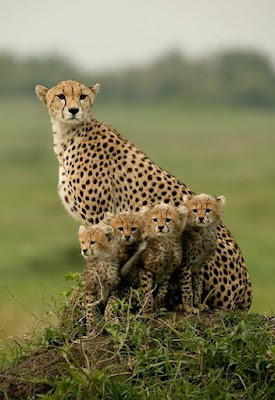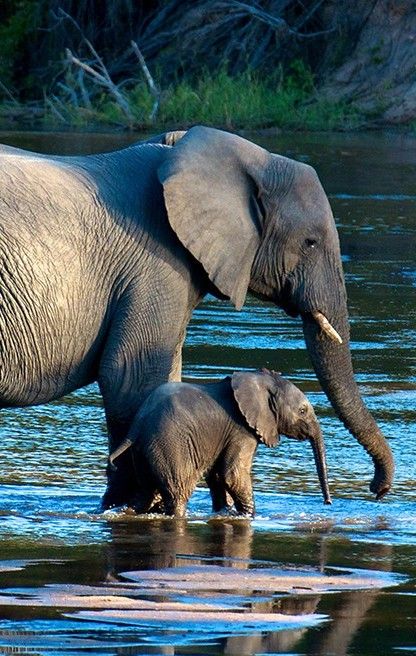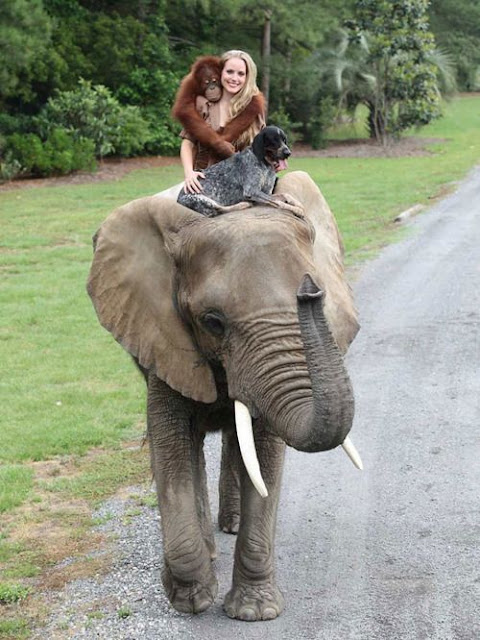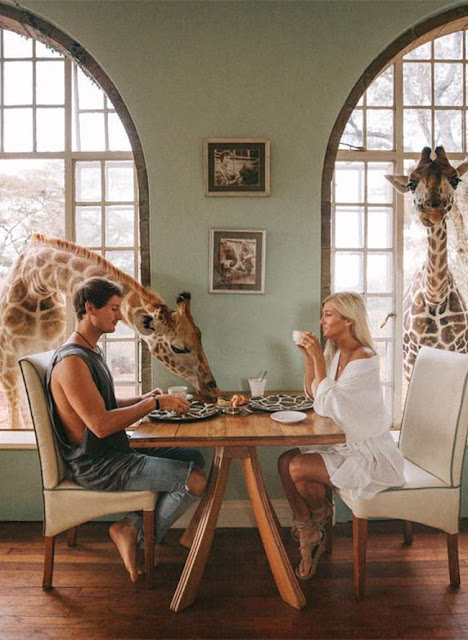Home ANIMAL LIFE NATURE 2 Types of Animal Life: Animal Life in the Wild vs. Animal Life in captivity (Animal life )
2 Types of Animal Life: Animal Life in the Wild vs. Animal Life in captivity (Animal life )
2 Types of Animal Life: Animal Life in the Wild vs. Animal Life in captivity
What is wild animal life?
Wild animal life is any animal that lives outside of human control, with no interference from humans. Animals that live in the wild typically have a natural habitat and are not raised by humans to serve as pets or livestock. Wild animals are free to roam and search for food on their own, and they often have an ability to survive on their own that is outmatched by domesticated animals.
The most common type of wild animal life is wildlife which includes any animal living outside of human control, including all different types of mammals, birds, reptiles, and amphibians. Wildlife can be found anywhere from forests, deserts, and mountains to rivers, lakes, and oceans around the world. A number of animals make up the diversity of wild animal life such as elephants, giraffes, and tigers. In some parts of Africa, there are also lions and cheetahs which thrive in dry savannahs. Animals that do not live in the wild such as dogs and cats still count as part of wild animal life because they do not depend on humans for survival like domestic animals do.
What is captive animal life?
What are examples of both types?
Animal life in the wild is characterized by a variety of animal species interacting with one another and adapting to nature's changing seasons. Animal life in captivity is characterized by animals living in zoos, safaris, and other types of habitats where they are often confined and are not interacting with other species. Both types can be seen as valuable experiences to have with animals because they each offer different opportunities for people to learn more about these fascinating creatures. The challenges associated with animal life include finding food, water, and shelter, and avoiding predators that may threaten their lives; animals also face challenges when it comes to mating, raising their young, and communicating with others who are part of their own species. Animal life in captivity is typically valued less than animal life in the wild because animals do not always have the freedom to do what they want, which affects their quality of life and well-being. Animal protection laws exist so we can help them protect themselves from human interference, while at the same time protecting ourselves from diseases or parasites which may be transmitted through contact with animals.
Differences between animals in captivity and animals in the wild
Animals that are captive often experience different types of animal life than animals that are in the wild, due to their inability to move freely and live a natural lifestyle. Some animals, like elephants and gorillas, have been known to go insane or die because they cannot adjust to life in captivity. Animals are put under immense amounts of stress when they are taken away from their natural habitat, which can lead to mental breakdowns and emotional distress. The lives of captive animals also tend to be shorter than those living free and wild lives; this is because they may succumb to diseases that would not exist were they living outside a zoo or other type of enclosure. Animal life in the wild provides animals with more freedom, as well as activities such as hunting for food, avoiding predators, and finding mates. Animals that are captive lack these things, although some zoos provide animals with food-dispensing devices so they do not need to hunt. Animals in captivity also lack privacy and a sense of security since there is always an area around them that could contain a predator waiting to attack. While animal life outside these areas may seem harder at times, it actually protects the animal from predators while they sleep at night.
Is it ethical to capture an endangered animal for display at a zoo? Should there be limits on how long these animals can stay captive? How do we decide what stays and what goes?
Many people don't realize that animals living in zoos are often times caged up and unable to live the natural life that they would have if they were living in their natural habitat. It is important to remember that these animals are not born into these settings, but rather taken from their homes and placed into an environment where they cannot act as naturally as they would without human interference.
We must ask ourselves if it is ethical for humans to capture animals for display at zoos when we know how detrimental it can be to animal life, even if it is just for a temporary period of time? Should there be limits on how long these animals can stay captive? How do we decide what stays and what goes? There are many different factors that should be considered before coming to a decision about animal life, such as the value of animal life or the challenges animals face in their lives.
Are zoos necessary? Why or why not?
In some cases, zoos can serve a valuable purpose for animals and humans alike. While animal life in captivity is not ideal, it does provide animals with protection from predators and a controlled environment that may be necessary for their survival. It also provides an opportunity to observe animals that are not found in the wild and therefore may not exist otherwise. However, many people argue that zoos are not necessary given the challenges they face such as poor living conditions or lack of space to roam freely. The controversy surrounding zoos is understandable given their potential benefits and drawbacks but ultimately what matters most is how we treat these beautiful creatures who have so much value regardless of where they live. Animal life in the wild and animal life in captivity each have advantages and disadvantages which must be considered when deciding whether or not animals should remain there.
Should we breed animals that would otherwise be considered endangered?
Breeding animals that would otherwise be considered endangered is a complex subject with two main sides: those who think it's a good idea, and those who don't. The animal life breeding argument begins with the idea that animals are able to breed and produce more offspring than are taken from the wild population, which is a way to preserve them from extinction. Secondly, there is some question as to whether or not captive-bred animals will ever be released into their natural habitat once they become adults because they may not be used to surviving on their own without human interaction and care. The other side argues that animals should only be bred if they are going to be released back into their natural habitats so that they can live as naturally as possible. They argue that animals have evolved to survive in certain ecosystems, and by moving animals around, we're upsetting their natural balance. For example, sea lions eat fish but they need reef fish to survive; but when they're relocated onto land where food sources are scarce or non-existent, they'll try anything just for something to eat. They argue that by interrupting this balance through animal life breeding programs we could end up doing more harm than good.
How can we keep wildlife thriving while keeping them safe from people?
Wildlife can live a happy, healthy life if we just give them a little more space and respect. Unfortunately, habitat destruction, climate change, and poaching are leading to significant declines in populations for many species. But there are some easy things we can do to help keep animal populations thriving while keeping them safe from people - here are two ideas for how we can make it happen :







.jpg)



.jpg)




.jpg)






0 Comments